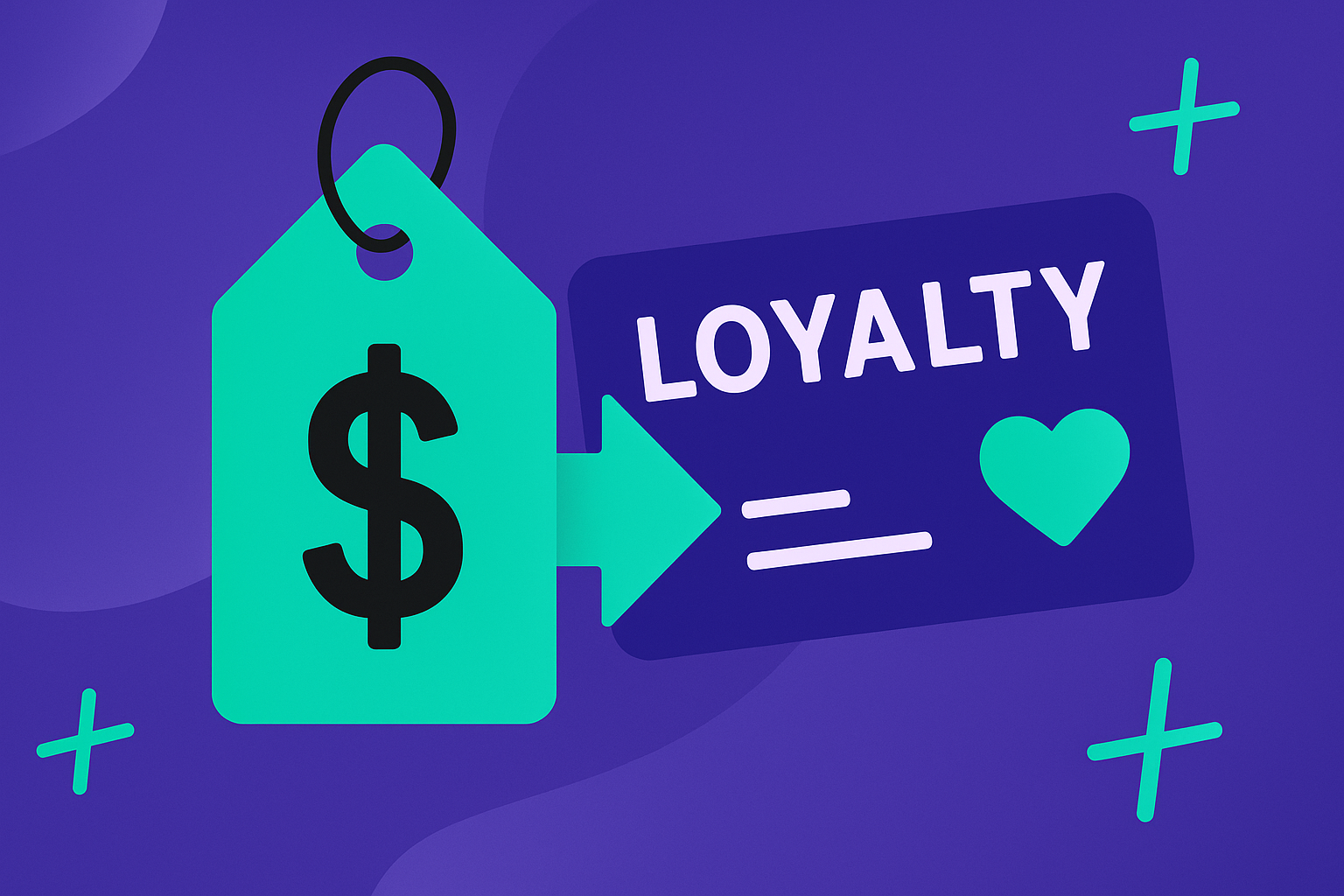The Hidden Costs of Slow Returns
In the fast-paced world of retail, time is money, especially when it comes to returns. As highlighted in a recent article by Retail Times, retailers are shifting their focus from merely reducing costs to accelerating the returns process to recapture lost sales opportunities.
The Hidden Costs of Slow Returns
Every day an item spends in the returns process is a day it's not available for sale. This delay erodes the opportunity to resell goods at their optimum value, often resulting in financial loss and strained operations. Let’s break down what those hidden costs really look like:
- Lost Sales Opportunities: Delayed restocking means products miss peak selling periods. In fast-moving industries like fashion, this is critical—especially when 24.4% of online apparel orders in the US are returned, amounting to $38 billion in lost potential sales in 2023 alone.
- Increased Operational Costs: The cost to process a return can be anywhere from 20% to 65% of the item's original value, factoring in labor, transportation, and warehousing.
- Customer Service Burden: Return-related inquiries can cost €3–€15 per customer call, creating unnecessary overhead.
- Inventory Management Challenges: Unprocessed returns create inaccuracies in inventory levels, leading to poor forecasting and restocking issues.
- Reduced Customer Loyalty: A frustrating return experience drives churn. And when 66% of shoppers prioritize convenience over sustainability, your process better be fast and easy—or you lose them.
- Overexposure to Serial Returners: Just 11% of shoppers account for 24% of all returns, with UK brands losing an estimated £6.6 billion annually to these buyers.
ReturnBear's Solution: Accelerating the Returns Process
ReturnBear solves these systemic issues by putting time back on your side:
- Instant Verification at Return Points: Our drop-off locations instantly verify returned items, eliminating warehouse lag and refund bottlenecks.
- Faster Return to Inventory: Our consolidated returns model and digitized workflows move products back into sellable inventory days—if not weeks—sooner.
- Microforward Fulfillment: Items are redirected closer to the next buyer, which means they’re back in a cart, not in a truck.
Navigating International Returns
Cross-border commerce only compounds these challenges. Between customs, longer transit windows, and higher emissions, most retailers lose visibility and velocity when handling international returns.
ReturnBear offers localized, cross-border drop-off points and processing hubs across Canada and the U.S.—reducing transit time, operational headaches, and environmental cost.
Conclusion
In an era where customer expectations are higher than ever, optimizing your returns process is more than a tactical fix—it’s a strategic advantage. ReturnBear gets your inventory back faster, your customers happier, and your revenue protected.
Sources:
- Retail Times. "Why retailers are now prioritising 'time' over 'cost' for managing customer returns." April 30, 2025.Retail Times
- Alexander Jarvis. "What is Return to Restock Time in Ecommerce?" April 2025.www.alexanderjarvis.com
- ReBound Returns. "Six Hidden Costs of Returns." 2022.ReBound Returns
- McKinsey & Company. "Returning to order: Improving returns management for apparel companies." 2021.couriermail+5McKinsey & Company+5Wikipedia+5
- Retail Economics. "The Cost of Serial Returners in 2024." 2024.PYMNTS.com+2Retail Economics+2info.zigzag.global+2
- Coresight Research. "The True Cost of Apparel Returns: Alarming Return Rates Require Loss-Minimization Solutions." 2023.Coresight
- The Guardian. "Many happy returns: sustainable startups are turning a profit from your unwanted clothes." December 29, 2024.













.jpg)






%20(1).jpg)







































